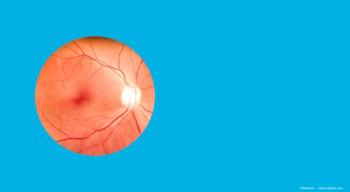
Ocular surface contributes to IOL surgery outcomes
The preoperative condition of the ocular surface affects outcomes after implantation of IOLs in patients undergoing cataract surgery.
Elizabeth A. Davis, MD, FACS, a cornea specialist in private practice in Maplewood, MN, explained how she prepares patients for cataract surgery and implantation of an IOL.
"Dry eye disease is a highly prevalent condition, and chronic dry eye affects about 4.3 million people in the United States; 7 to 10 million people have dry eye symptoms that require the use of artificial tears," Dr. Davis said. "From 5% to 15% of individuals who are 55 years and older, and more likely to be of an age to develop cataracts, have moderate to severe dry eye, and the incidence of dry eye disease increases with age."
"These problems are exacerbated especially with implantation of a presbyopic IOL," she said.
In addition, poor quality of the ocular surface can affect the accuracy of the preoperative measurements (i.e., the keratometry and topography measurements). The values obtained may be unreliable, unless the patient is treated.
Ocular surface disease can develop from a number of causes. These include neurogenic etiology resulting from damage to the corneal sensory nerves that can lead to inhibition of the reflex arc through the brain and into the lacrimal glands and a decrease in the volume of aqueous tears, Dr. Davis explained.
The nerves that are affected release epithelial trophic factors, which can result in inhibition of re-epithelialization and punctate keratopathy.
The conjunctival goblet cells also can be affected in a couple of ways, either mechanically or as a result of medication effects, resulting in decreased mucin production in the basal layer of the tear film. The cataract surgery itself can lead to release of cytokines and T-cell activation during the inflammatory cascade.
"One of the most significant precursors of ocular surface disease is blepharitis," Dr. Davis said. "Most patients develop a combination of anterior and posterior blepharitis, which is highly prevalent in elderly patients."
Other factors that predispose patients to ocular surface disease are oral medications and systemic illnesses, especially autoimmune diseases.
Newsletter
Don’t miss out—get Ophthalmology Times updates on the latest clinical advancements and expert interviews, straight to your inbox.



















































.png)


